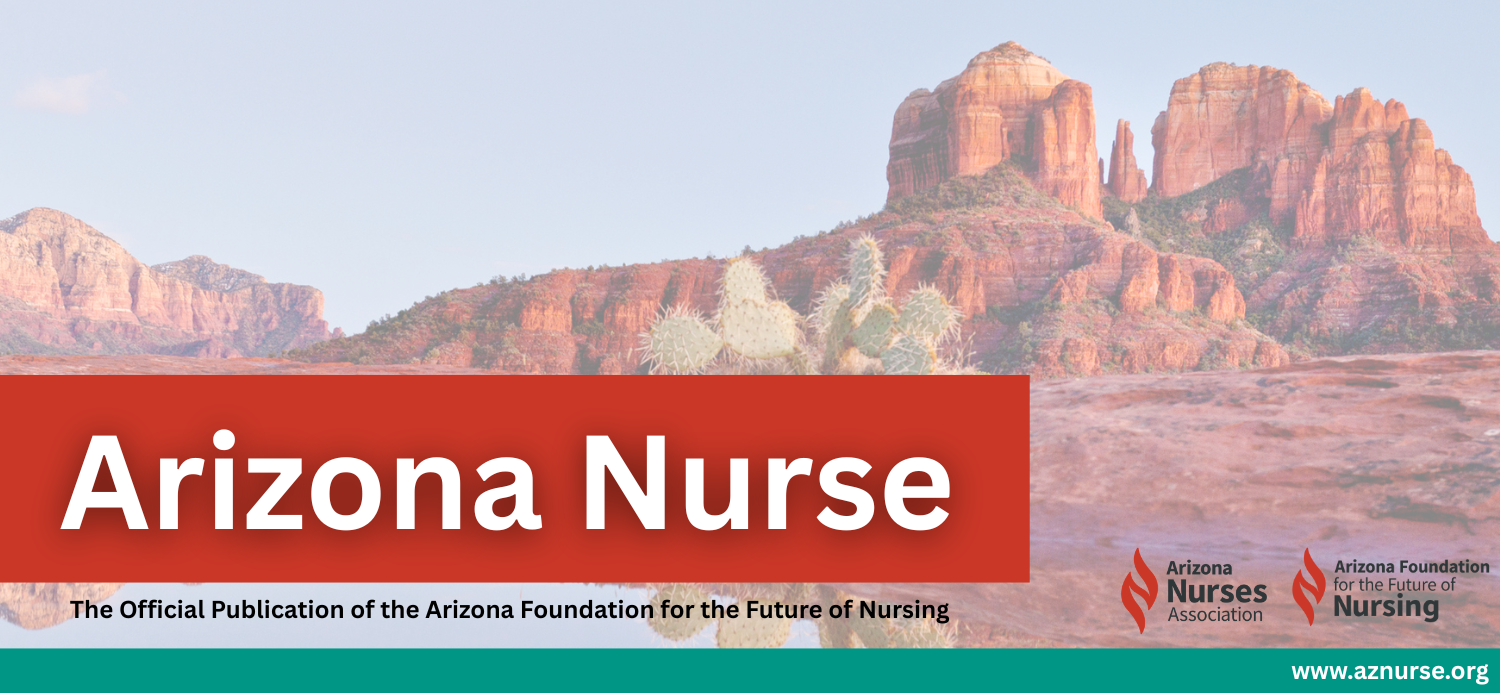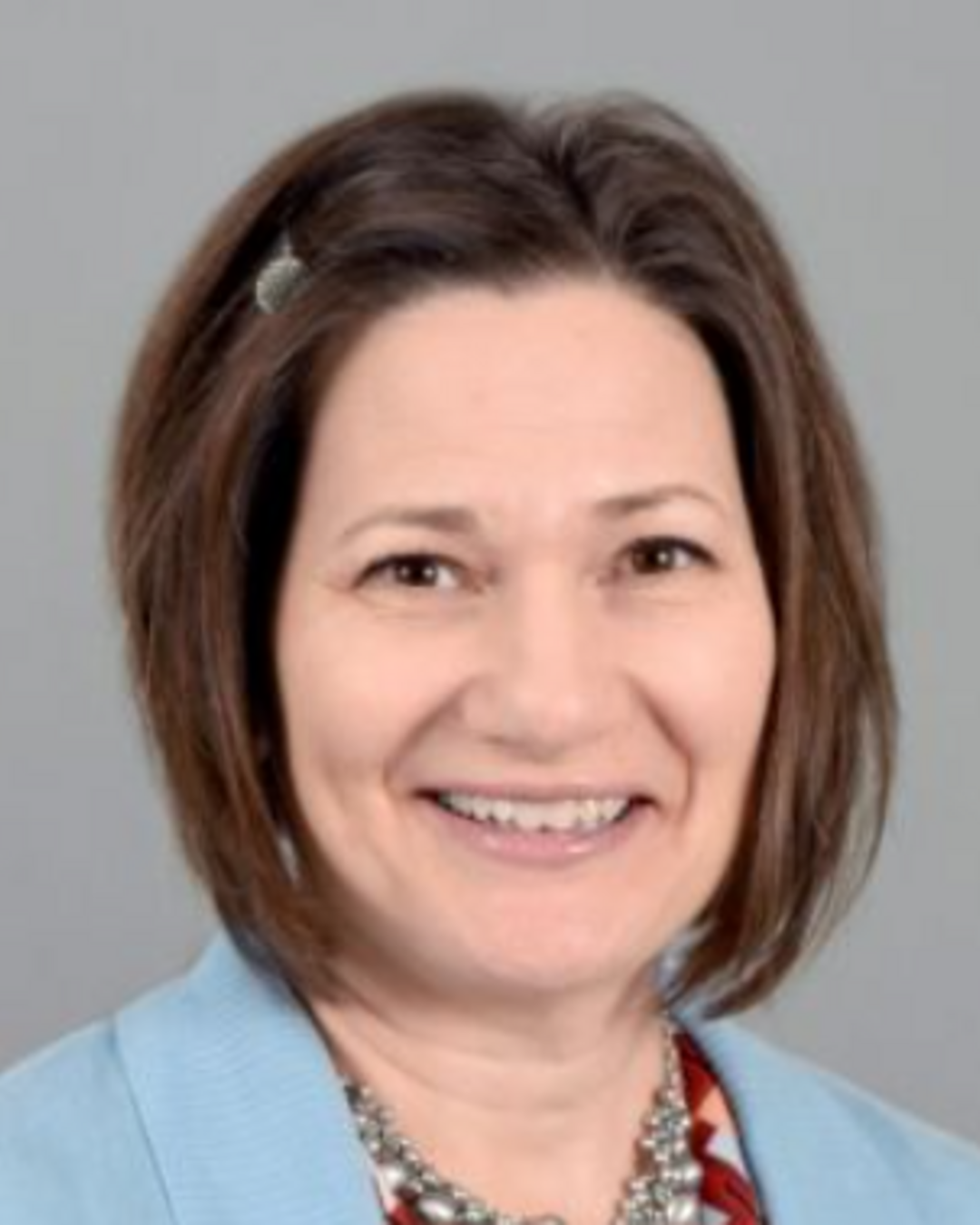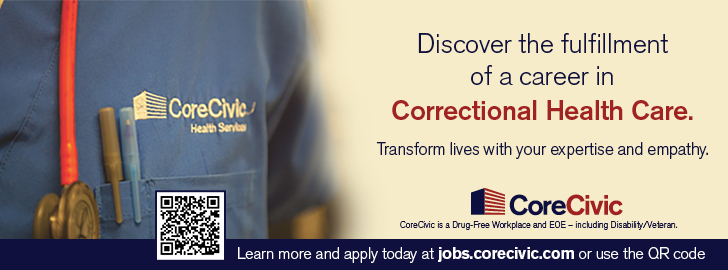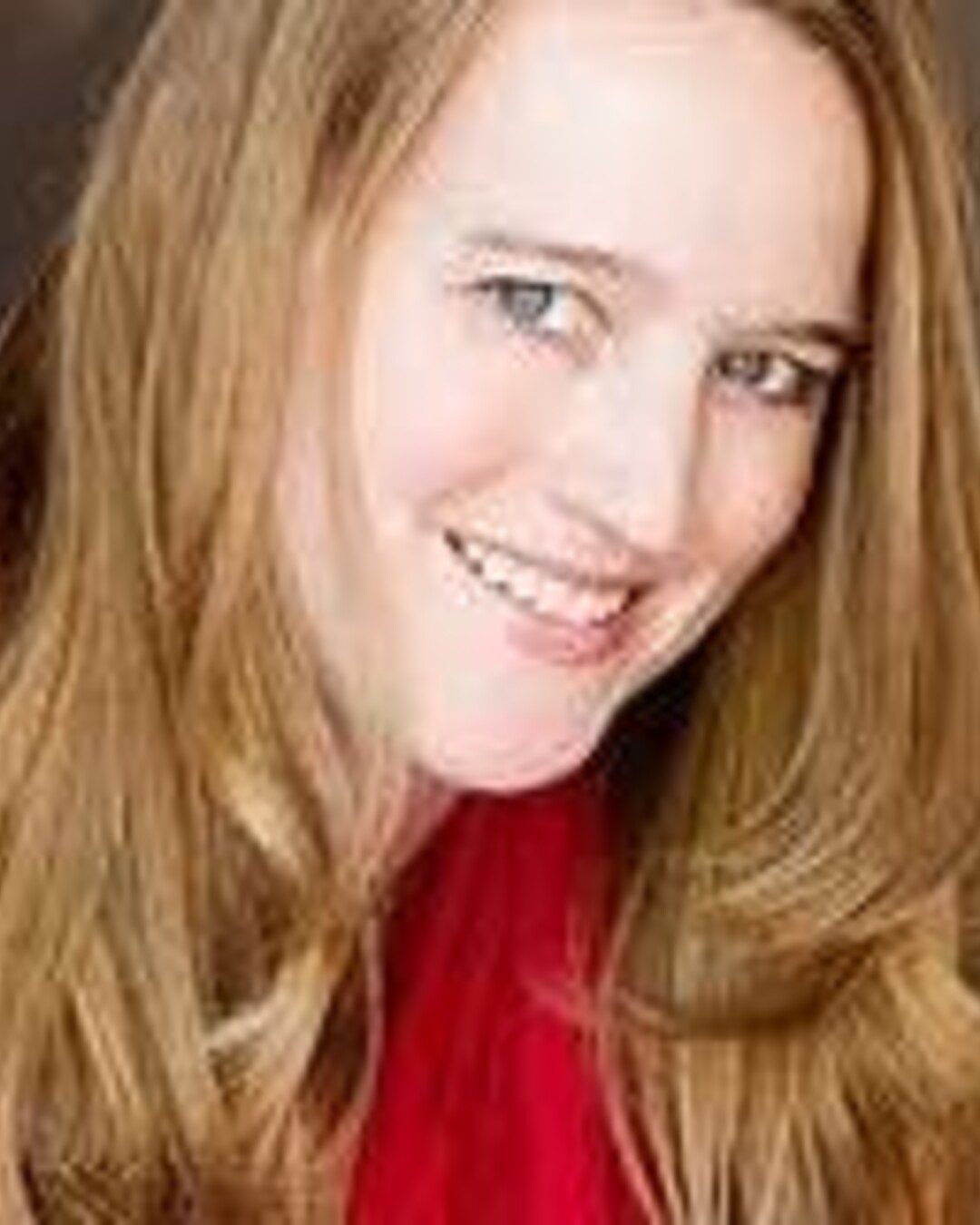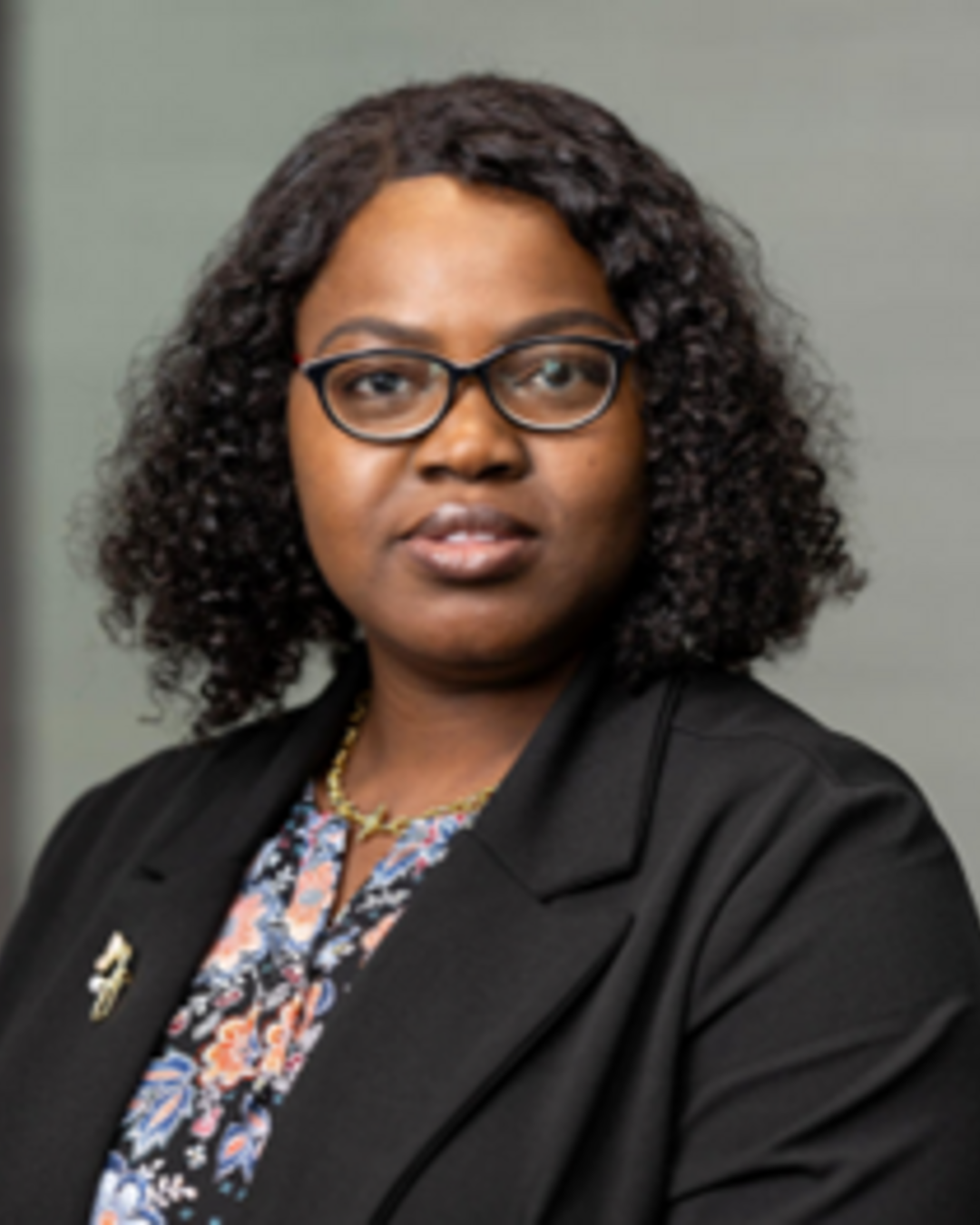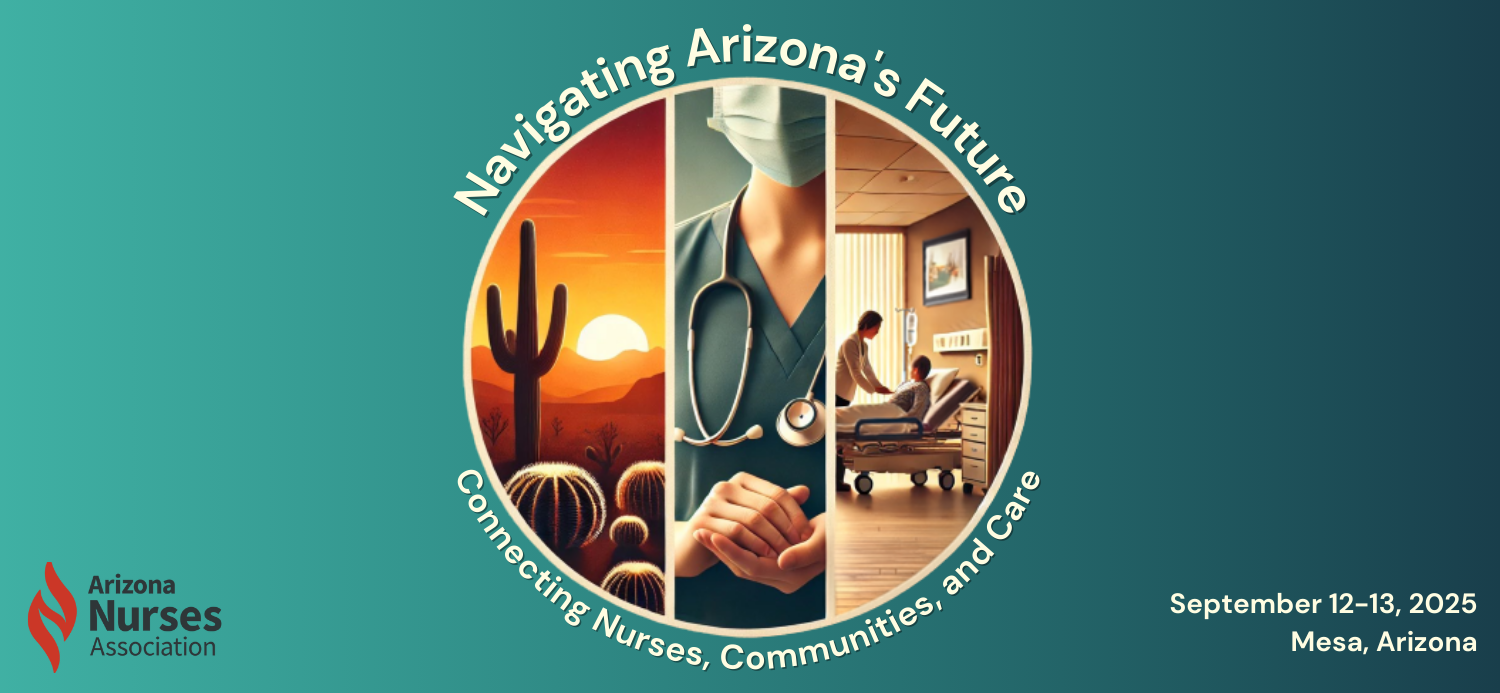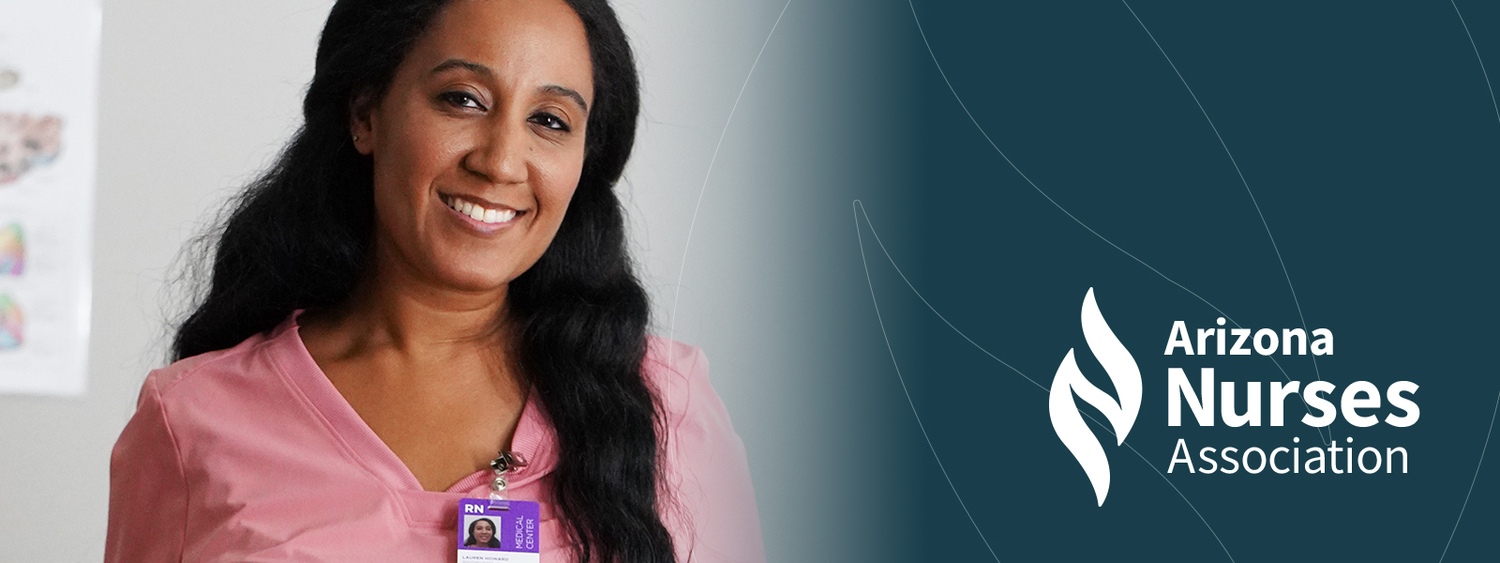Authors: Jane M. Abucha
Affiliation: American University of Integrated Sciences
Corresponding Author: mesiloa@gmail.com
Keywords: NAFLD, Liver Cirrhosis, Risk Factors, Fibrosis, Genetic Predictors
Abstract
Background: Non-alcoholic fatty liver disease (NAFLD) affects approximately 25% of the global population and represents a growing cause of liver-related morbidity and mortality. Early identification of individuals at risk for progression to liver cirrhosis is crucial.
Purpose: This review aims to summarize the current evidence on clinical factors predicting NAFLD progression to cirrhosis.
Methods: A comprehensive literature search was conducted in PubMed and Scopus databases covering studies from 2010 to 2024. Keywords included NAFLD, cirrhosis, risk factors, fibrosis, and progression.
Results: Key predictors identified include metabolic syndrome components (obesity, diabetes, dyslipidemia), genetic variants (PNPLA3, TM6SF2), lifestyle factors (sedentary behavior, high-fructose diet), demographic traits (age, sex, ethnicity), and histological markers (fibrosis stage, NASH features). Non-invasive detection tools such as FIB-4, NFS, and elastography are valuable for early identification.
Conclusion: A combination of metabolic, genetic, lifestyle, and histological factors predicts NAFLD progression. Early detection and intervention are critical to prevent cirrhosis.
Key words: NAFLD, Liver cirrhosis, risk factors, fibrosis and progression
Introduction
Non-alcoholic fatty liver disease (NAFLD) persists as the leading cause of chronic liver disease worldwide, with an estimated global prevalence between 25% (Younossi et al., 2023) and 32% (Saghir, et al., 2024). NAFLD encompasses a spectrum ranging from simple steatosis to non-alcoholic steatohepatitis (NASH), fibrosis, and cirrhosis. Identifying predictors of disease progression is vital to prevent liver-related complications and mortality. This review explores key clinical, genetic, and lifestyle factors contributing to the transition from NAFLD to cirrhosis.
Methods
We conducted a narrative review using PubMed, Cochrane database and Scopus databases. Articles published between 2010 and 2024 were included. Search terms were "NAFLD," "liver cirrhosis," "risk factors," "fibrosis," and "progression." Both observational studies and meta-analyses were included. Exclusion criteria were studies focusing exclusively on alcoholic liver disease or pediatric populations.
Epidemiology of NAFLD and Cirrhosis
NAFLD affects about 25% of the global population, with the highest prevalence in the Middle East and South America (Younossi et al., 2024). Recent 2025 data shows even higher at 32% (Saghir, et al., 2024). Cirrhosis represents the end-stage of progressive fibrosis and is associated with significant morbidity and mortality
Literature review
Non-alcoholic fatty liver disease (NAFLD) has emerged as a major public health concern, affecting approximately 25% of the global population (Younossi et al., 2024). The disease spectrum ranges from simple steatosis to non-alcoholic steatohepatitis (NASH), which can progress to fibrosis and ultimately cirrhosis. Multiple studies have investigated the clinical factors that predict this progression.
Metabolic syndrome components are consistently identified as primary drivers of NAFLD advancement. Chalasani et al. (2023) emphasized the roles of obesity, type 2 diabetes, and dyslipidemia in accelerating liver fibrosis. Their guidance highlights that patients with diabetes are at particularly high risk, with nearly double the progression rates compared to non-diabetics. Moreover, insulin resistance has been shown to directly contribute to hepatic steatosis and inflammation, further promoting fibrosis (Sanyal et al., 2023).
Genetic predispositions also play a crucial role. Variants in the PNPLA3 gene, particularly the I148M allele, are strongly associated with increased liver fat content and fibrosis progression, independent of metabolic risk factors (Saghir et al. 2024). Similarly, TM6SF2 variants have been linked to higher fibrosis stages and NASH severity (Liu et al., 2023). These genetic markers are becoming valuable tools in risk stratification models.
Lifestyle and demographic factors further modulate disease risk. Sedentary behavior, high-fructose diets, and low physical activity levels are associated with worse liver outcomes (Younossi et al., 2024). Additionally, older age, male sex, and Hispanic ethnicity have been identified as demographic factors linked to higher progression rates (Anstee et al., 2013).
Histological studies remain the gold standard for assessing progression risk. According to Sanyal et al. (2023), the fibrosis stage is the strongest predictor of liver-related morbidity and mortality in NAFLD patients. Notably, the presence of ballooning degeneration and lobular inflammation hallmarks of NASH — significantly accelerate fibrosis progression.
Non-invasive detection strategies are gaining prominence in clinical practice. Tools such as the FIB-4 index, NAFLD fibrosis score (NFS), and transient elastography have demonstrated utility in identifying patients with advanced fibrosis (Chalasani et al., 2018). These methods offer a safer and more accessible alternative to liver biopsy, supporting earlier intervention.
Together, the literature underscores the multifactorial nature of NAFLD progression, highlighting the interplay between metabolic, genetic, lifestyle, and histological factors. Early identification of high-risk individuals through a combination of these predictors is critical to preventing liver cirrhosis.
The major risk factors in predicting the progression of NAFLD
Metabolic Risk Factors
Metabolic syndrome is one of the most important contributors of NAFLD progression. Obesity, type 2 diabetes, dyslipidemia, and insulin resistance accelerate liver fibrosis (Chalasani, et al., 2018). Diabetics have nearly double the progression rate compared to non-diabetics (Sanyal et al., 2023).
Genetic Predictors
Genetics play a role such as PNPLA3 gene (I148M allele) is linked to increased liver fat and fibrosis, independent of metabolic factors (Saghir, et al., 2024). TM6SF2 variants have also predicts fibrosis severity (Liu et al., 2023).
Lifestyle and Demographic Influences
Lack of moderate activities, and high-fructose diets, also contributes to bad liver outcomes (Younossi et al., 2023). Older age, male sex, and Hispanic ethnicity are demographic traits associated with higher progression rates (Anstee et al., 2013).
Histological Markers
Fibrosis stage is the strongest predictor of morbidity and mortality. The presence of ballooning degeneration of the liver and inflammation accelerates the progression (Sanyal et al., 2023).
Non-Invasive Detection Tools
Tools such as the FIB-4 index, NAFLD fibrosis score (NFS), and transient elastography help identify patients with advanced fibrosis (Chalasani et al., 2018). These non-invasive methods support early detection and management.
Discussion
Current evidence-based research points to the multifactorial nature of NAFLD progression. Metabolic dysfunction, genetic susceptibility, lifestyle choices, and histological severity all interplay in disease advancement. Given that biopsy remains the current gold standard which clinical guidelines call for; however, non-invasive tools are increasingly reliable. There are still gaps in the combined predictive power non-invasive tools
Conclusion
Multiple studies continue to show the progression of NAFLD to cirrhosis which is associated with complex interplay of metabolic, genetic, lifestyle, and histological factors. Early detection through combined clinical and non-invasive tools is essential to prevent cirrhosis and its complications.
